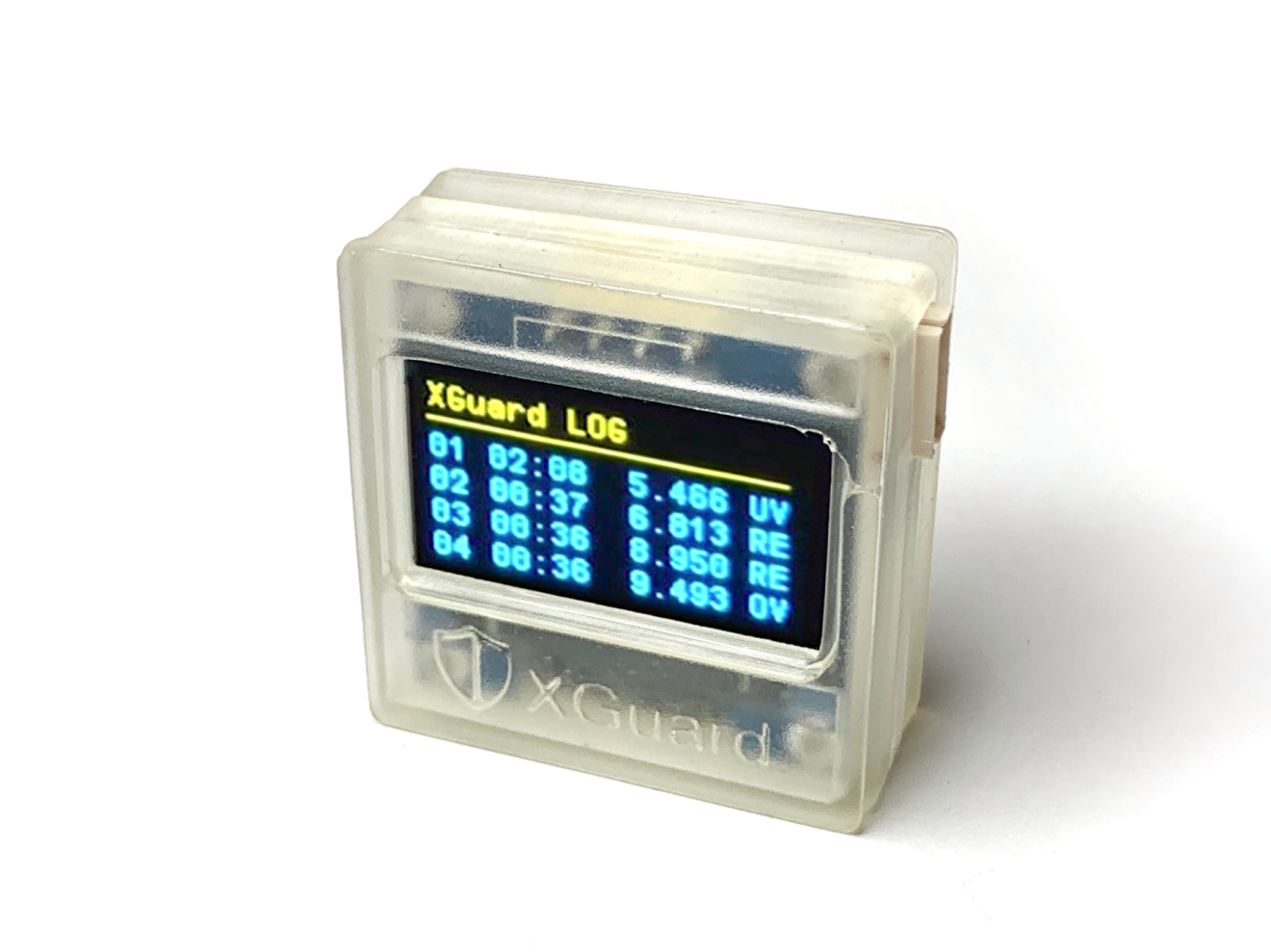
Stepwise multiple linear regression analysis indicated that serum leptin could best be predicted from total fat mass, fasting serum insulin, and total lean mass. Total and regional body composition and fat distribution were determined by dual-energy x-ray absorptiometry and computed tomography fasting serum leptin and insulin, by RIA and REE, by indirect calorimetry.
Xlog center plus#
Subjects were 54 postmenopausal women, 45-55 yr old, 35 of whom used HRT (estrogen plus progestin). The objectives of this study were to: 1) identify factors influencing circulating leptin in postmenopausal women 2) determine whether HRT influences serum leptin after adjusting for confounding factors and, 3) identify potential independent effects of HRT or leptin on resting energy expenditure (REE). HRT may affect energy balance by influencing synthesis of the adipocyte-derived hormone leptin. = 90 dB + 15 dB (at 30 watts) - 12 dB (at 4 m) - 6 dB (at 2 m)Ī perceived doubling in volume requires around 10 times the amplifier power.Whether use of hormone-replacement therapy (HRT) influences menopause-related changes in body weight is unclear. If you use the values from the two tables provided above (the distance is composed of 4 m x 2m = 8 m, physical multiplication turns into addition of the decibel values) this yields: How high is the sound pressure level at the maximum distance? The loudspeaker has a characteristic sound pressure level of 90 dB 1 W/1 m and an input power of 30 watts. The greatest distance to the audience is 8 m.
Xlog center install#
P: Sound pressure level (dB SPL) p n: Characteristic sound pressure level of the loudspeaker (dB)ĭ: Distance from the loudspeaker (m) (m) P: supplied power (W)Įxample: We want to install a loudspeaker in a room. The sound pressure level at a given power and distance is calculated as follows: p = p n + 10 x log (P) - 20 x log (d) The formulas for sound pressure at a defined power and at a defi ned distance are combined. Sound pressure level at a given power and distance from the loudspeaker P 1: Sound pressure level (dB) p n: Characteristic sound pressure level (dB) P: supplied power (W)Įach doubling of power gives us an additional 3 dB of SPL. There is also a mathematical formula for this calculation that yields the same result. Consequently, at 6 watts of power we obtain 103 dB SPL at a distance of 1 metre. The table shows that at 6 watts, you need to add 8 dB to the 95 dB. The following table indicates by how many decibels the sound pressure level of the loudspeakers increases at a given power. This means that at 1 watt of power, the loudspeaker generates a sound pressure level of 95 dB at a distance of 1 meter. For instance, a loudspeaker datasheet provides us with information for the characteristic sound pressure level (1 W/1 m): 95 dB. If the sound pressure level is stated in dB, this information can be used in calculations. Expressed in dB: 20 x log (0.1 / 1) = -20 dB.Įxample 3: The attenuator (example 2) is connected to the output of the amplifi er (example 1). The ratio between output and input is 0.1/1 = 0.1. The gain is thus 1000-fold (1000: 1), or 20 x log (1,000 / 1) = +60 dB.Įxample 2: An attenuator attenuates a voltage to one-tenth.

The following table shows a few relationships governing the calculation of physical values and decibel values, and the conversion between these types of values:Įxample 1: An amplifier amplifies an input signal of 1 mV (millivolts) to an output signal of 1,000 mV. Nowadays, however, it has become common to omit the ‘SPL’ when discussing sound pressure levels. Because there is a defined reference value, in this case ‘SPL’ is appended to the unit ‘dB’. In the case of sound pressure ratios, the auditory threshold is used, having a value of 20 μPa. Sound pressure, voltage or current ratios in dB: 20 x log 10 (value/reference value) Power ratio in dB: 10 x log 10 (power/reference power) or 10 x log 10 (P/P 0) For sound pressures, voltages and currents, the factor is 20. The result is the Bel, one-tenth of which is one deci-bel, i.e.

We use the logarithm to base 10, which is generally given as ‘log’ on calculator keypads. The general calculation is as follows: log (value/reference value). As well, the gigantic ratio of barely perceptible sound pressure (the auditory threshold) to the loudest tolerable sound pressure (pain threshold) of 1: 3,000,000 is compressed into a much more manageable scale of 0 to 130 dB. Using a logarithmic scale is a much better approximation of human hearing than the linear variables. Meaning of and computations using decibelsĪ decibel (dB) represents the ratio of two variables on a logarithmic scale, and has no base unit (e.g.


 0 kommentar(er)
0 kommentar(er)
